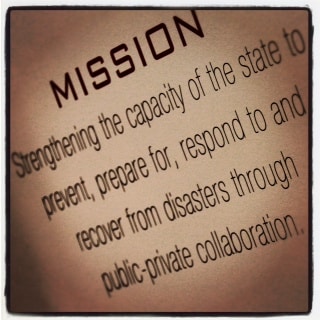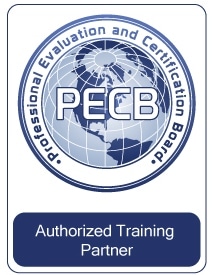The concept of public/private partnerships has been all the rage in emergency management, crisis management, and business continuity circles for the past several years.
But what does that really mean for the crisis management / business continuity professional and the business that you support?
Earlier this decade, the Federal Emergency Management Agency (FEMA) began talking about the “Whole Community” concept. This approach integrated individual preparedness, community engagement across the whole spectrum of organizations found in a local community, and the public sector as a part of the emergency management lifecycle.
The concept caught on with states and local government and many began formal and informal programs designed to engage the whole community in preparedness, planning, response, recovery, and mitigation efforts.
Formalized programs such as the Safeguard Iowa Partnership and the Colorado Emergency Preparedness Partnership were put into place within individual states as a conduit for emergency management and continuity of operations partnerships between the public and private sector.
In 2012, FEMA’s Private Sector Division, housed within their Office of External Affairs, launched the National Business Emergency Operations Center (NBEOC). The NBEOC is housed within FEMA’s National Response Coordination Center (NRCC) and serves as a centralized information-sharing hub for the US business community during the response phase of a disaster.
During Hurricane Sandy in late 2012, for example, FEMA’s NBEOC held multiple calls with the business community, consolidated and shared pages of information from multiple federal agencies, and shared the impact and needs of businesses with senior FEMA, DHS, and White House staff.
As the leader of the crisis management and business continuity function for one of the world’s largest retailers during Hurricane Sandy, I can unequivocally state that our ability to quickly respond and recover from Sandy’s impact was in large part due to the information sharing partnership that programs like FEMA’s NBEOC provided.
Most of the public/private partnership programs emphasize information sharing, joint planning and exercises, and developing communication conduits when a disaster strikes. A business that is able to obtain clear situational awareness information, share the status of their business with the public sector, and have a resource to contact during a disaster will be far better positioned for an effective response and recovery effort than one that is not.
Here in Minnesota, we have the P2CAT program. P2CAT stands for Public/Private Coordination & Action Team. This public/private partnership effort, led by the Minnesota FBI Infragard Chapter, is an information sharing and response coordination program with Minnesota Homeland Security and Emergency Management (HSEM). When HSEM activates the State Emergency Operations Center, as with the recent flooding in Minnesota, P2CAT sits within the State EOC and works to share information and coordinate response actions between the public and private sectors in Minnesota.
Partnerships such as P2CAT, Safeguard Iowa, the Colorado Emergency Preparedness Partnership, and FEMA’s NBEOC have done much to bring together all parts of the Whole Community for stronger community resiliency and a speedier economic recovery following a disaster.


